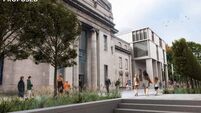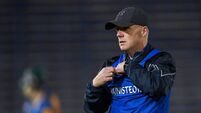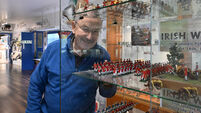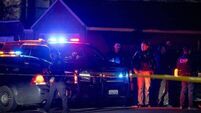'A Murder in West Cork' is a poignant portrayal of a murdered woman, but offers nothing to solve this brutal crime
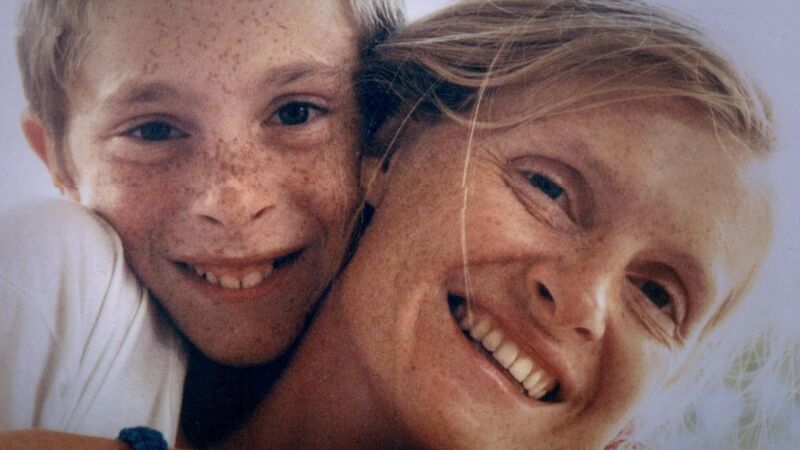
Pierre-Louis Baudey-Vignaud as a child with his mother Sophie Toscan du Plantier, the subject of the Netflix documentary Sophie: A Murder In West. Picture courtesy Netflix, Sophie: A Murder in West Cork
The last shot of the first programme in the Netflix series, , provides a major plot point.
Up until then, Ian Bailey is just one of a collection of self-proclaimed blow-ins who talk about the murder of Sophie Toscan Du Plantier and the area’s character. Most of these people have British accents and Bailey doesn’t stand out. Then it is suddenly revealed that this guy, the journalist among them, is the main suspect.
For anybody coming to the whole story fresh, it is certainly a gotcha moment.
As drama, it works well and gives momentum to the three-part series which went online last Wednesday. The series is well shot, relies heavily on newsreel footage and moves at a fair clip. In contrast to Jim Sheridan’s rival offering, , the Netflix series follows a strictly linear trajectory.
While Sheridan ambles around the place delving into history and legend and his own ruminations on the crime, looks more like an investigative journalism piece, albeit with a number of flaws. The only person wandering around in the latter is Ian Bailey, who is repeatedly shot walking down a country lane, a mitre-like stick in hand, his head crowned by a hat with ear flaps.
Bailey is reported to have asked to have his input removed from the series — he was uncontactable this week — and it’s easy to see why. The viewer is, to a large extent, invited to believe that he has got away with murder. The awkward bits that don’t fit into that scenario are parsed but seemingly regarded as irritants rather than central to the overall picture.
Some of the collated evidence is comical. Bailey made admissions of the crime, which he claimed were either in jest or sarcasm. One admission was alleged to have been said to a couple after a night full of drink. A local psychic, Diane Martin, tells viewers: “Any other psychic will tell you, when you’re compelled to say something, you will say it.”
That’s the case sorted then. Lock him up
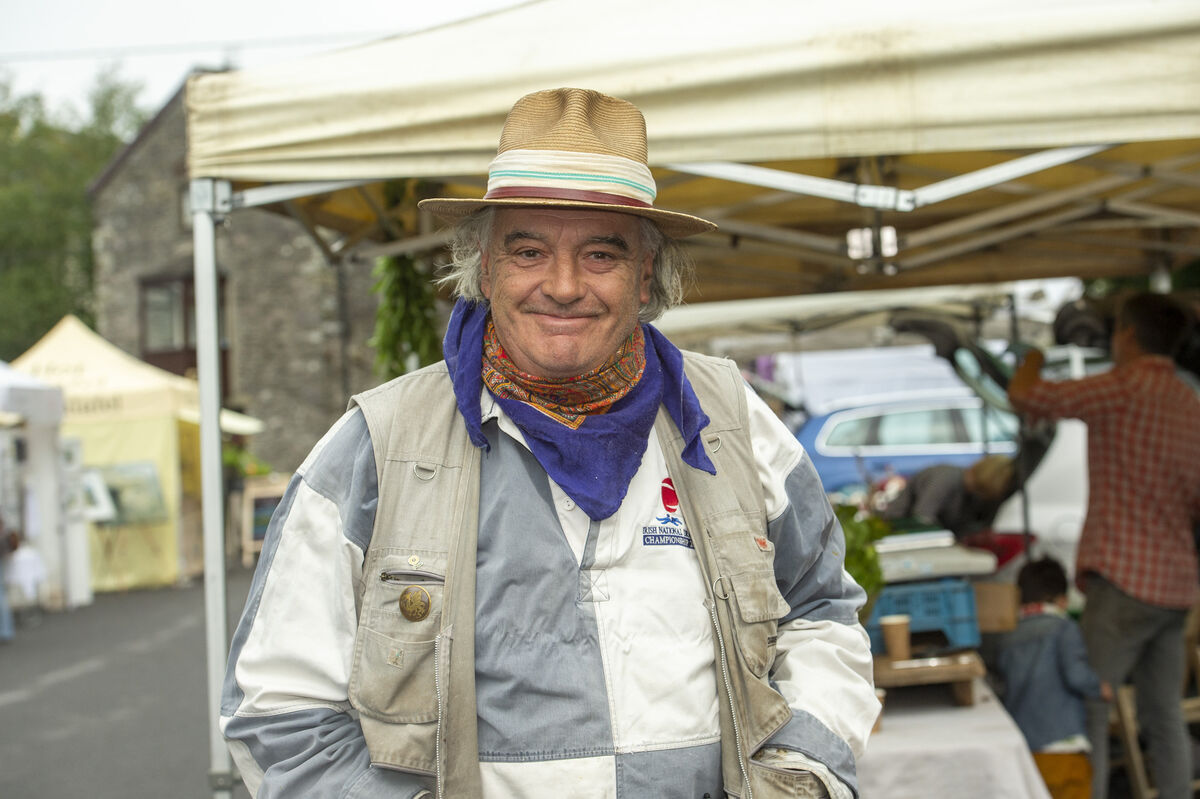
The big reveal at the end of the first programme comes from Marie Farrell, a witness in the case who was considered crucial in the weeks after murder. An archive shot of her being interviewed has her talking about how this man she says she saw near Sophie’s home in the early hours of the morning of the murder later turned up at her shop.
“And when I pointed him out to the gardaí, they told me he was Ian Bailey,” she says.
Farrell is later shown featuring in the 2003 libel action in Cork which Bailey has brought. Her evidence of Bailey as an intimidating figure was central to that trial. It’s also fair to say that without her evidence any criminal case against Bailey would have been completely threadbare.
Yet the significance of her volte-face a year after the libel trial is recorded but hardly receives the prominence it should. Farrell came forward and stated that her previous evidence was untrue and only tendered because she had been put under pressure by the gardaí. In different circumstances, that might have cast the whole murder case in a whole new light, but it had little impact on the enthusiasm to pursue Bailey.
Farrell, by the time of Bailey’s civil action against the state in 2015, was now a crucial witness for rather than against him, but her evidence was a bit of a disaster. Bailey lost the case and some contributors to the series point out that Farrell had been key to his case. Yet the same contributors would have you believe that the original case against Bailey, built around her, was worth pursing and that it was inexplicable that the DPP didn’t see things the same way.
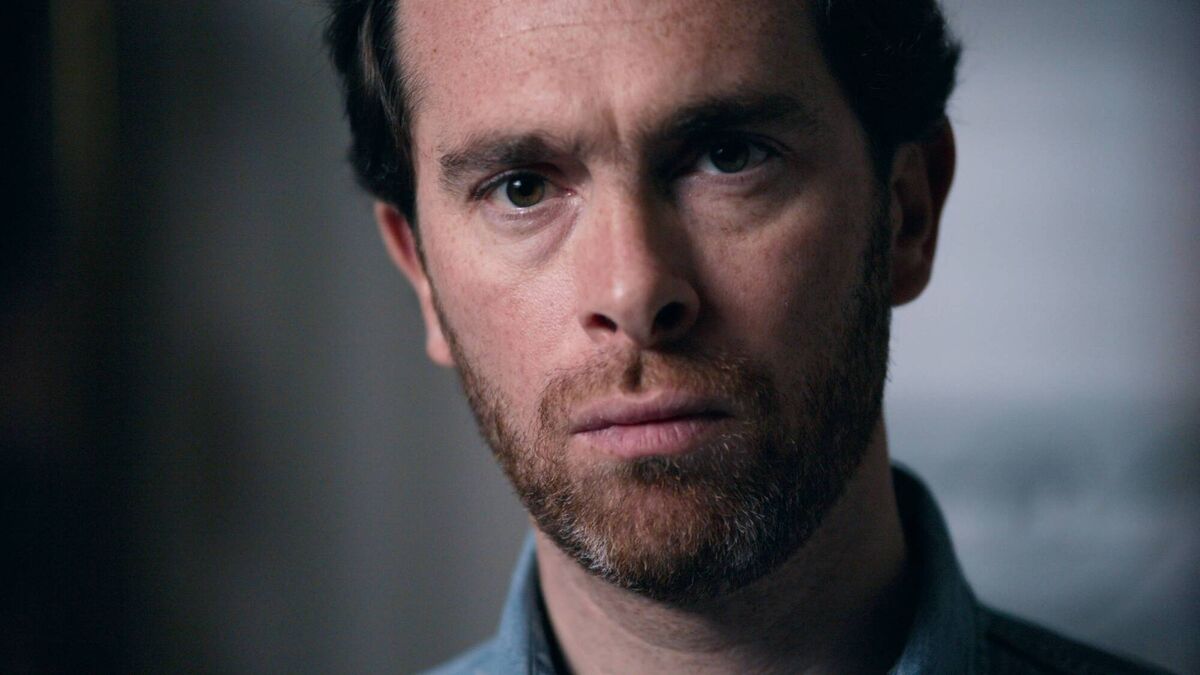
For the French, Farrell’s evidence was an a la carte menu at the murder trial in absentia in 2019.
“In France, they think the initial testimony was the true testimony,” the Laura Marlowe says.
Paris-based Ms Marlowe was among those interviewed who couldn’t understand the reasoning of the DPP and a little analysis of the office’s perfectly logical conclusions wouldn’t have gone astray.
There is sober and balanced input from retired forensic garda Eugene Gilligan and reporter Barry Roche and the final passage of Ms Du Plantier’s stricken son, Pierre Louis Baudey-Vignaud at the cottage is full of poignancy. does work where it seeks to portray the life of the murdered woman, but it adds nothing to the body of evidence assembled to try and determine who committed this brutal crime.









